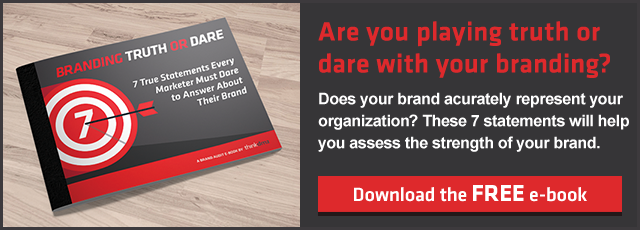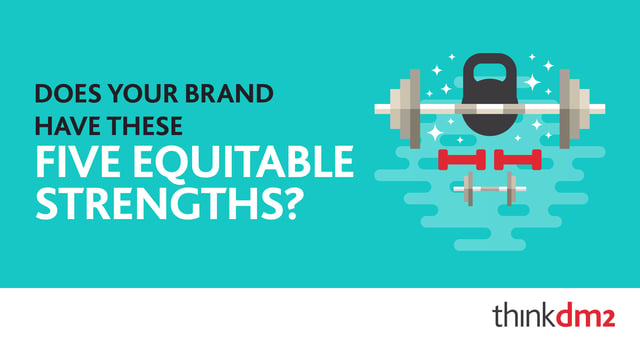
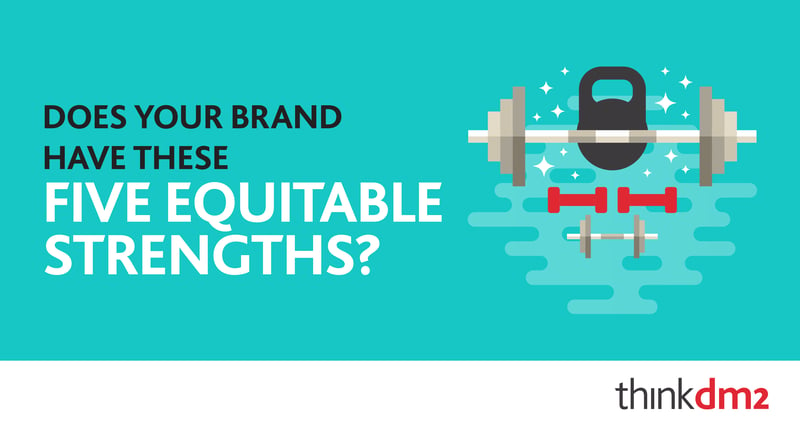
We know that brand equity is potent. When you have brand equity, you go from selling a product to selling a feeling. But brand equity is intangible, so it is difficult to study. Luckily, we have David Aaker. Aaker developed a model with five essential parameters to measure brand equity.
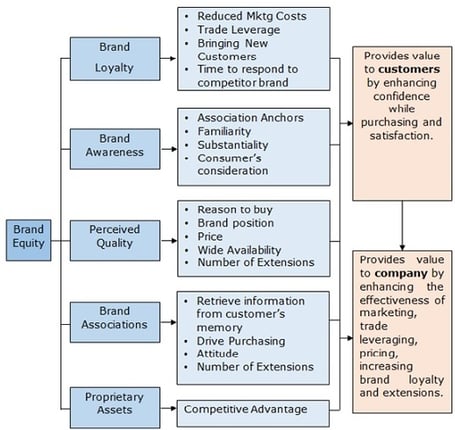 .
.
1. Brand Loyalty
Loyalty saves companies time and money on campaigns. Loyal customers are likely to spread interest in the product, and ultimately increase customer satisfaction. For example, I am happy to see the slightly improved and familiar features of my Apple phone because it is an Apple phone.
Brand loyalty also helps you stay afloat when competition rises. With a deep pool of loyal customers, you still have enough consistent revenue to respond to threats.
2. Brand Awareness
Seenu Srinivasan of Stanford Graduate School of Business said this on the topic of brand awareness: “If you can get your name to pop up in people's minds when they think of the product category, you've won a big part of the battle."
It’s pretty simple: without brand awareness there are no sales. The closer your brand name is tied to the product, the more sales you have. Check out this infographic:
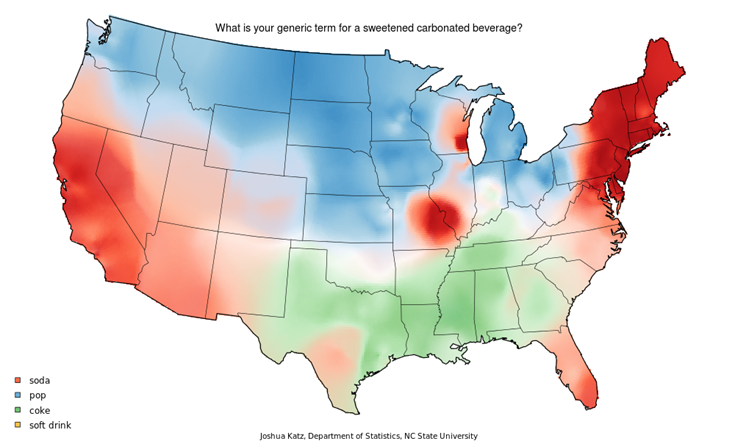
Pepsi isn’t even an option here. It is no mystery why Coke came out on top in the Coke vs. Pepsi wars, even though Pepsi wins in taste tests. Coke is the most available soda brand in the American conscious, especially in the South.
3. Perceived Quality
This might be the most essential parameter to measure. You want people to believe that you have the best product. If customers think the product is better, then it can be sold at a higher price and is the most desired in its market.
4. Brand Associations
Aaker’s diagram includes the phrase “retrieve information from customer’s memory” next to Brand Associations. That sounds a little scary, but that is what a good brand can do. When you see a polar bear, you think about Coca-Cola. Coke is associated with the beauty, mystique, and as in the commercials, cuddly friendliness of a polar bear.
Associations are tied to awareness, but go even deeper than that. Not only do you think about Coke when you think about soda, but you also think about Coke when you think about polar bears, American traditions, and summer days. These things all have positive connotations for you, so Coke carries that positive connotation.
5. Proprietary Assets
Coke also owns that polar bear. Proprietary assets are a built-in defense for your brand. Your brand, including the associations, is your property. When that polar bear clicks with a consumer, stays in their mind. No other brand can use that same image.
Now that you know the five tenets of what makes a brand equitable, you can audit your own brand to see what’s working.
- Do you have a loyal customer base?
- What regions are particularly strong for your brand awareness? Where do you want to penetrate?
- How is your product or service perceived compared to the competition?
- What comes to mind when people think of your brand? Are there any objects that people see regularly that can remind them of your brand?
- What distinct ideas or images belong to you and your brand?
We have been helping companies increase their brand equity for over 25 years. Download our FREE e-book and dare to see if your brand can use a new strategy.

